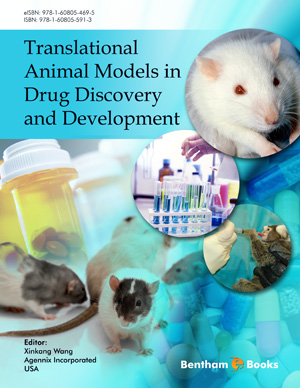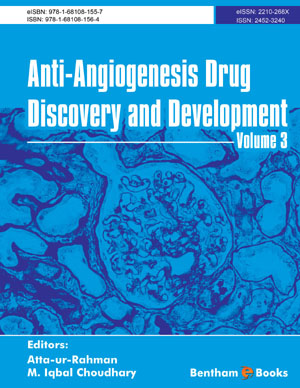Abstract
Animal models of chronic obstructive lung disease (COPD) are complicated by the fact that COPD encompasses 4 different anatomic entities: emphysema, small airway remodeling, pulmonary hypertension, increased mucin secretory alterations (the pathology found in the clinical process, chronic bronchitis) and one clinical entity without distinct pathological association (acute exacerbations). Models using chronic cigarette smoke exposure can reproduce mild forms of some, but not all, of these lesions; however, cigarette smoke exposure never causes the disabling/lethal GOLD stage III or IV lesions associated with human COPD. Further complications of chronic smoke models relate to species differences, and, for mice, strain differences, as well as developmental abnormalities caused by genetic manipulation, abnormalities that can mimic changes of COPD. Numerous drug/genetic modification models using chronic smoke exposure appear to protect partially or completely against the changes of COPD, but trials of these same agents in humans have been disappointing, perhaps because animals are typically treated from day 1 of smoke exposure whereas treatment in humans is always a late intervention; this conclusion suggests that animal models should use late interventions and humans should be treated much earlier in the course of their disease.
Keywords: Animal model, cigarette smoke, COPD, drug discovery, drug development, emphysema, inflammation, pulmonary hypertension, small airway remodeling, translational model.






















